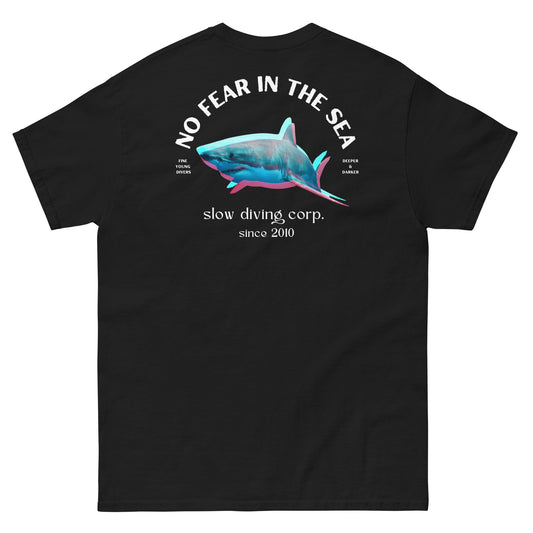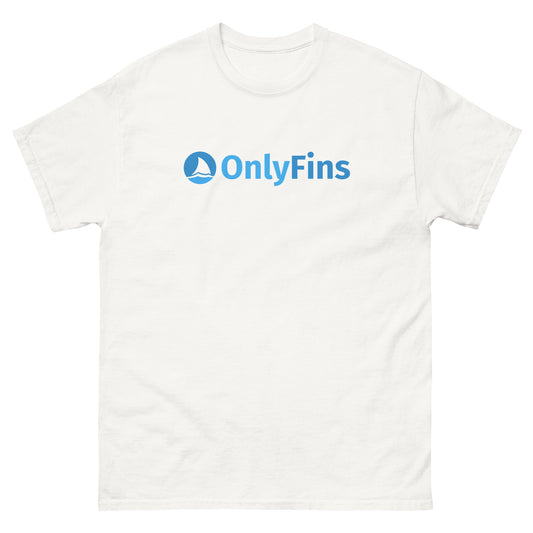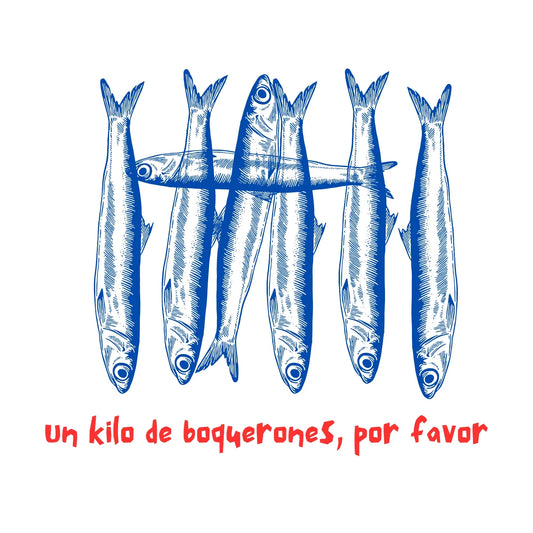Anyone who dives and goes beyond 20 meters has the feeling of entering an alien world and it is impossible not to feel privileged to be able to breathe and survive for minutes in a hostile environment. This feeling of privilege disappears when you discover that there are athletes who can dive down to 120 meters and dive for hours in this environment.
This is a world that Jordi Mateo, technical diving instructor, rebreather specialist since 1997 with more than 2,500 dives in places as diverse as the Mediterranean, Cantabrian Sea, Atlantic Ocean, Ionian Sea, Red Sea, Maldives, Cayman Islands, Belize, Roatán..., knows very well.
We had the privilege of interviewing Jordi, a pioneer in the world of technical diving, the greatest rebreather expert in Spain and a true international figure, who tells us how he made technical diving his life and offers interesting tips for those who have already been bitten by the technical diving bug, but also for those who want to take the plunge and have not yet decided.
Jordi is one of those names that all of us who love diving should know. He has gone where few have gone before, visiting wrecks that were inaccessible years ago. Jordi is an athlete who has decided to make his passion his way of life, a surprisingly accessible person who spends his life in the most inaccessible places on the planet.
See for yourself what others are telling you
Jordi started diving like many of us, fascinated by the wildlife stories told by Félix Rodríguez de la Fuente or Jacques-Yves Cousteau, and by all the nature books and magazines he devoured when they came within his reach. It was then that he began to try to see for himself what others were telling him. “I started snorkeling on the Costa Brava when I was very young", Jordi recalls his beginnings, "in fact, I asked to buy my first diving goggles and I still didn't know how to swim, it was something that fascinated me. I remember going to the Federation with my mother to ask about diving courses, but they told us that I had to be of age". However, he admits that the sensations he had during his first dives were not the best: "Bad, very bad. Fear, headaches, ear infections... if I didn't like it so much, I would have given up just to finish the course".
As soon as Jordi got certified, had his own equipment and accumulated dives, he realized he wanted more. "Since I started diving I have always been looking for perfection underwater. As well as being able to stay longer and with less decompression, so I quickly became a fan of rebreathers. In the first few years I became a fan of this equipment. At that point he decided to make it his profession and way of life" to be able to pay for my vices - to buy more rebreathers!" There came a time when he couldn't combine his passion for technical diving and work, so he let go, quit his job and began to dedicate himself body and soul to technical diving and rebreathers.

Jordi Mateo in El Hierro, Spain
Since the beginning of his career in this discipline, he has participated in international expeditions to catalog and discover deep wrecks. Of all his dives, Jordi remembers two in particular: Hurghada, Red Sea, August 1994, his first international trip "I remember coming out of the water and saying: it's like watching all the TV documentaries in one dive! From that moment on, I would not stop traveling to all the dive sites in the world".
The Garibaldi Expedition in the Adriatic in May 2010 with a group of European divers to descend 128 meters and meet the Italian navy ship torpedoed off the Croatian coast on July 17, 1915 was also a trip that marked him forever. "This group of divers who traveled on the expedition only knew each other from the Internet and there we formed a solid team from which many expeditions and good times are coming out," says Jordi.
Dive in the Giuseppe Garibaldi
With these divers came another incredible trip to visit the FW58 aircraft at Lac du Bourget, France. To see this Focke Wulf 58C appear in the pitch black you have to descend to 109 meters in water at 4ºC and in Jordi's case, after 3 hours of diving, he considers it "probably one of the most physiologically aggressive dives made by a Spanish diver in open water".
Although Jordi continues to promote technical diving in Spain through courses, lectures, conferences and collaboration with the specialized media, he knows that we are still a bit behind other European countries. "In this country in general we are about 7 or 8 years behind Europe," comments Jordi when asked why there are not more rebreather specialists when there are so many recreational divers. "It's a bit like the fish biting the tail: because there are not many technical divers, there are no centers, and because there are no centers, there are not many technical divers. We're not bad in terms of knowledge, but we're at the bottom in terms of experience" he points out.
Athlete divers
Knowing now that divers like Jordi do 3 hour dives, go to great depths with very heavy equipment... it is impossible not to doubt that anyone can become a technical diver. "The first thing that anyone who decides to practice technical diving will experience", comments Jordi, "is a new challenge in your life, you will have to start doing things that you never thought were related to diving".
One of the indispensable aspects for the practice of this discipline is to be in good physical shape. "To begin with, you have to move heavy equipment, swim against currents, spend many hours underwater (sometimes at low temperatures), make long dives.... So we will need to train our musculature to avoid injuries, cardio to not get exhausted and to make a more efficient and safe deco, swimming to increase our mobility in the water and stretching to be able to reach the bibo taps, drysuit pockets, stage bottles...all with a dry suit and a fat inner liner because we spend more time underwater."
And that's just part of it. "It goes without saying that in technical diving you have to be able to handle a certain amount of stress. So from now on you have to have nerves of steel". If staying calm is important in recreational diving, it's even more important in technical diving.
"You have to remember," continues Jordi, "that if you lose your cool at 80 meters, you can endanger your life and that of your entire team". It is clear that both the physical effort and the mental preparation are very demanding, but... Have you ever thought that practicing this discipline could help you in all aspects of your life? "A person who loses the guide wire in a cave 1 km from the entrance and is able to remain calm and remember the steps to follow to find the lost wire must be an iceberg who will stop losing his temper over aspects of life that are not really important.
From 20 to 120 meters deep with lots of patience
What makes a diver not be satisfied with 20-30-40 meters deep and want to go beyond 100 meters deep? In Jordi's case, everything was possible thanks to his passion for diving: "I used to spend 100% of my salary on diving. Courses, trips, camera and video, so when I discovered rebreathers, the same thing happened".
His beginnings were with the first recreational rebreather, the Atlantis, and he began to enjoy a luxury that was only available to the Army, "being able to use this equipment was a lot for any diver, but for a Spanish diver it was even more!". To become one of the world's leading rebreather specialists, Jordi has traveled all over Europe and the United States, making a very important effort both financially and personally.

Today, access to tec diving is easier than ever. If you want to see more, enjoy deeper and longer dives, go where few athletes have gone, Jordi knows what is most important. "The main thing is not to be in a hurry and to have a lot of water, a lot of experience. Buoyancy is very important". Another important factor is to fall into the hands of a good instructor "and to be guided and advised by him, that's why the figure of the instructor is so important".
Ideally, you should have been diving for some time before starting technical diving. Feel comfortable with the equipment and the dives you do. "During the courses you accumulate work: tank, deco bottle, reels, watch the PpO2 of the rebreather .... If you don't arrive at the course very comfortable with the recreational equipment, it will be rare that the technical equipment is not too big for you," warns Jordi, who insists on patience to become a good technical diver "Once the course is over, don't be in a hurry. The ideal is to practice what you've learned for a while before making serious dives with long decompression stops, this will increase your comfort and therefore your safety and enjoyment. And then do not stop practicing and training yourself with lectures, workshops, concentrations..."
It is important to understand that in this type of diving, if an incident occurs, you must be prepared to resolve it immediately. It is not worth hesitating or procrastinating because it can mean the difference between an incident and death for you and the rest of your team. With good planning, nothing ever happens, but you still need to be trained, educated and prepared in case a difficult situation arises. This is the only way to truly enjoy dives that seemed like science fiction a few years ago.
Among the recommended diving destinations to start into technical diving, Jordi highlights Malta: "They have a lot of wrecks from 25 to 100 meters, some accessible from shore and with good visibility. There are several technical diving centers, so you can take a cheap flight and rent all the equipment there. It's a cheap and accessible starting point for all levels".
Training, training and more training
We have already mentioned that this is a very demanding discipline, both physically and mentally, but it also requires additional training and continuous learning. It is essential to have an experienced instructor who has been diving with rebreathers for many years "and who is an instructor of all possible machines so that he can advise us on which one is best suited to our needs".
These tips, together with making sure that we "check on the official website of the rebreather we are going to do the course with, that this person is really an instructor and can give us the course he says" are fundamental when we consider training for the use of rebreathers. We must always keep in mind that we are risking our lives, that neither the courses nor the equipment are cheap, so "we cannot accept any excuse" Jordi wants to make it clear that "if he is not on the official website of the manufacturer as an instructor of the level he claims to be, he is NOT an instructor of that rebreather or of the level he claims to be. This will save us from disappointment, as unfortunately this is a common practice in Spain".
Jordi teaches courses aimed at all divers who want to acquire new knowledge and skills underwater, to be able to face new challenges without risk. "I teach courses in both technical and rebreather diving, from beginner level to hypoxic trimix. I have several collaborating centers all over Spain: Costa Brava, Costa del Sol, Galicia, Cabo de Palos, Mallorca, Tenerife..." One of the advantages of having Jordi as an instructor is that he always tries to make sure that the students have to travel as little as possible, so that he can dedicate 100% of his time to training and not to long trips. If you follow Jordi on both his Twitter account and his Facebook profile, you will see that he travels more miles to teach than to dive.
Among the courses that Jordi teaches are 3 levels in Rebreather: Air Diluent 40 meters, Normoxic Trimix Diluent 60 meters and Hypoxic Trimix Diluent 100 meters. "My students in the first level end up with a complete technical diving training, both theoretical and practical: they know what a rebreather is, its different families and history, as well as the special physiological concepts of rebreathers. In dry practice they will learn how to assemble, disassemble, maintain and store the rebreather". From there you will move into the water to learn about buoyancy, both stationary and in motion, as well as possible emergencies with a CCR (Closed Circuit Rebreather).
In levels 2 and 3 the theoretical part is based on helium physiology, deep diving as well as decompression and deep dive planning with dives from 54 to 83 meters. If you decide to enter the world of technical diving, you will find a new engine in your life that will take you to unexpected heights, both physically and mentally, to visit a part of the planet you never thought possible.
Note: On April 11, 2012 Jordi Mateo died during a dive in Palamos, Spain. The Fordivers team deeply regrets his death. We had the great fortune to meet in January 2012 one of the most important figures in the history of Spanish diving, but above all a kind man who was passionate about what he did. This ForoBuceo thread is a sample of how much he was loved and how important he was for diving in our country. A big hug wherever you are, Jordi.





















